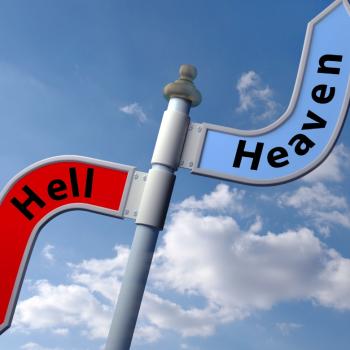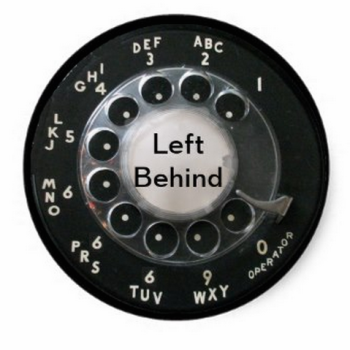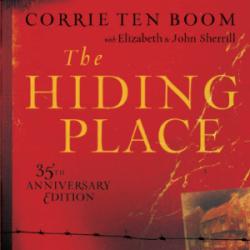So it’s 2022 and this here blog started out 20 years ago in 2002. In celebration of all those twos and zeroes — and as a way of ensuring more frequent threads — we’ll be posting On This Day flashbacks throughout the year.
This is from January 3, 2017, “Reading 66 books in one year“:
This is why we don’t have such schemes constructed for, say, reading Tolkien in a year. That’s just not how books work. Imagine trying to stick with such a plan — Day 58: the first three pages of the arrival at Beorn’s house, the Fall of Isengard, pages 97-103 of the Silmarillion, and chapter six of Sir Gawain and the Green Knight. Ugh. No one has ever read those stories in that way and anyone who tried would get to the end unsure of what they’d just read.
I can sort of imagine such a scheme not being a terrible approach for some very few particular books, like perhaps the Complete Poems of Emily Dickinson. 1,775 poems divided by 365 days would come to about five a day. And since those short, fierce poems are mostly self-contained, such a system wouldn’t detract from the reader’s understanding or appreciation of them.
But most books aren’t like that and most books do not welcome or benefit from such a divide-and-conquer approach.
We’ve convinced ourselves that the Bible is akin to that anthology of Dickinson because we’ve already chopped the thing up into chapters and the bite-sized fragments of those 31,102 verses. All of that gives it the appearance, on the page, of something similar to a collection of short poetry, complete with numbered stanzas.
But that’s not what the Bible is. It’s a book. It’s 66 books. One of those 66 books — the Psalms — is actually very much like the collected Emily. That’s an anthology of 150 discrete, self-contained poems and the reader’s understanding and enjoyment of those poems probably wouldn’t suffer a bit from some structured scheme involving reading one every day in a way and at a time the reader doesn’t usually reserve for reading.
But most of the books of the Bible aren’t like that and don’t benefit from being read that way. So here’s my novel scheme for reading those books: read them like you read books. Set them on the nightstand for reading before bed. Take them on the train. Take them to the beach. Read them the same way you’d read Gone Girl or The Two Towers.
















